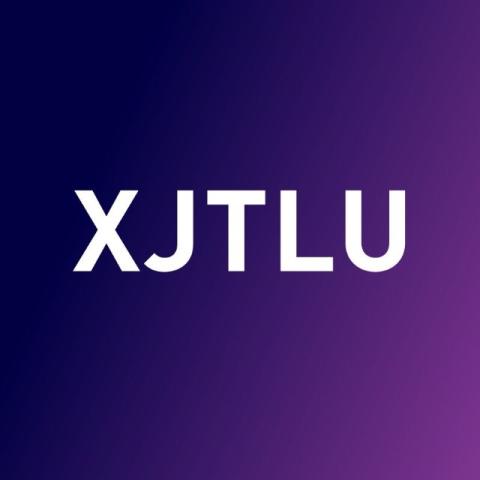
How to manage assessment feedback in large classes? Get students involved
Feedback is one of the most valuable tools at an educator’s disposal to help us guide students and direct them to better shape their work. However, the process of giving feedback is not always easy. To be effective, we need to identify and communicate areas for improvement, yet students may not respond well to what they perceive as criticism, even if it is well intentioned.
Faced with their work’s shortcomings, there is a risk that students will become less engaged and simply practise avoidance, thus losing out on the benefits that engaging with and responding to feedback can bring. As educators, we need to handle feedback on assessments carefully, whether given in written or oral form. There are several methods to do this with perhaps the most popular being “the sandwich” where we layer constructive criticism between positive comments, thereby easing the student into the discussion and ending on a high note.
- Resource collection: Putting feedback at the heart of assessment
- Guiding students to learn from each other through peer feedback
- If peer feedback was good enough for the Brontë sisters, it’s good enough for us
Such methods to protect students’ self-esteem and assuage negative emotions are often effective but formulating such feedback can be time-consuming: a challenge when we find ourselves singlehandedly helming modules with hundreds of students.
Given high marking loads and the time pressure to turn around student papers quickly, other strategies have arisen to lessen the burden on educators, although in practice these can have mixed effects. Methods to automate feedback, for example by using software to generate comments from a marking descriptor or checklist, can often lack nuance because of their impersonal nature, and, should students compare and notice the similarity, resistance can arise if they feel their work has not been given sufficient personal attention.
Therefore, to help with creating and disseminating feedback in larger classes, we propose an alternate solution: peer feedback.
How to use peer feedback effectively
While this is not a new idea by any means, practitioners often struggle to use it effectively, and there is likewise a risk of resistance from students who may feel they are being asked to do the teacher’s work or who are reluctant to give negative comments to their friends and classmates. At the same time, others may rush in blindly and come across as brusque or uncaring, further affecting the classroom dynamic.
What is needed is to ensure that students are trained in giving feedback on the task at hand. Indeed, this approach can have great pedagogical value because it can help students better understand the task requirements, encouraging critical reflection on their own progress to date. Central to this is a suitably developed rubric that is written in an accessible way — annotations may help here, though we must be careful to keep things sufficiently concise.
In terms of delivery of the feedback, we recommend that it is given anonymously. This is to encourage more honest responses from peers who might otherwise show a more positive bias towards their friends or who might see their interpretations coloured by the reputation of the individual on whose work they are commenting. Several options are available for this: for example, the “Workshop” activity on Moodle could help facilitate the whole peer feedback process and allow students to comment anonymously on the work of classmates.
One caveat we have found from our own practice is that, while students can give constructive feedback to their peers, they tend to give significantly higher marks in self-assessment, and moderately higher marks in peer assessment, compared with what teachers would give. This doesn’t mean we should forbid students providing marks, because the marking process itself can help them formulate the feedback. Instead, we recommend using peer assessment and feedback in formative assessments, rather than summative, or using a system wherein the student assessors receive marks from the teacher for the quality of feedback they have provided to their peers. Essentially, students who can give genuinely constructive feedback have effectively demonstrated understanding of the learning outcomes and hence it is valid for them to receive credit for this.
Of course, the teacher should not be absent from this process. We can also monitor and give second opinions where needed. Even with sufficient training, students may make mistakes and may make misleading comments. We see two major benefits: First, this frees up teacher time to be able to focus more on those students in greater need. Second, and perhaps most importantly, by acting as assessors, the students can greatly improve their own understanding of the tasks at hand and hence improve their own performance, leading to a net benefit for the whole class.
Steven Bateman is principal language lecturer and academic manager in the School of Languages, Shi-Min How is associate professor and deputy head of the accounting department and Jie Zhang is associate professor and the IBSS (International Business School) school examination officer, all at Xi’an Jiaotong-Liverpool University. Chew Ging Lee is a professor and head of school at Southampton Malaysia Business School at the University of Southampton Malaysia.
If you found this interesting and want advice and insight from academics and university staff delivered direct to your inbox each week, sign up for the Campus newsletter.




